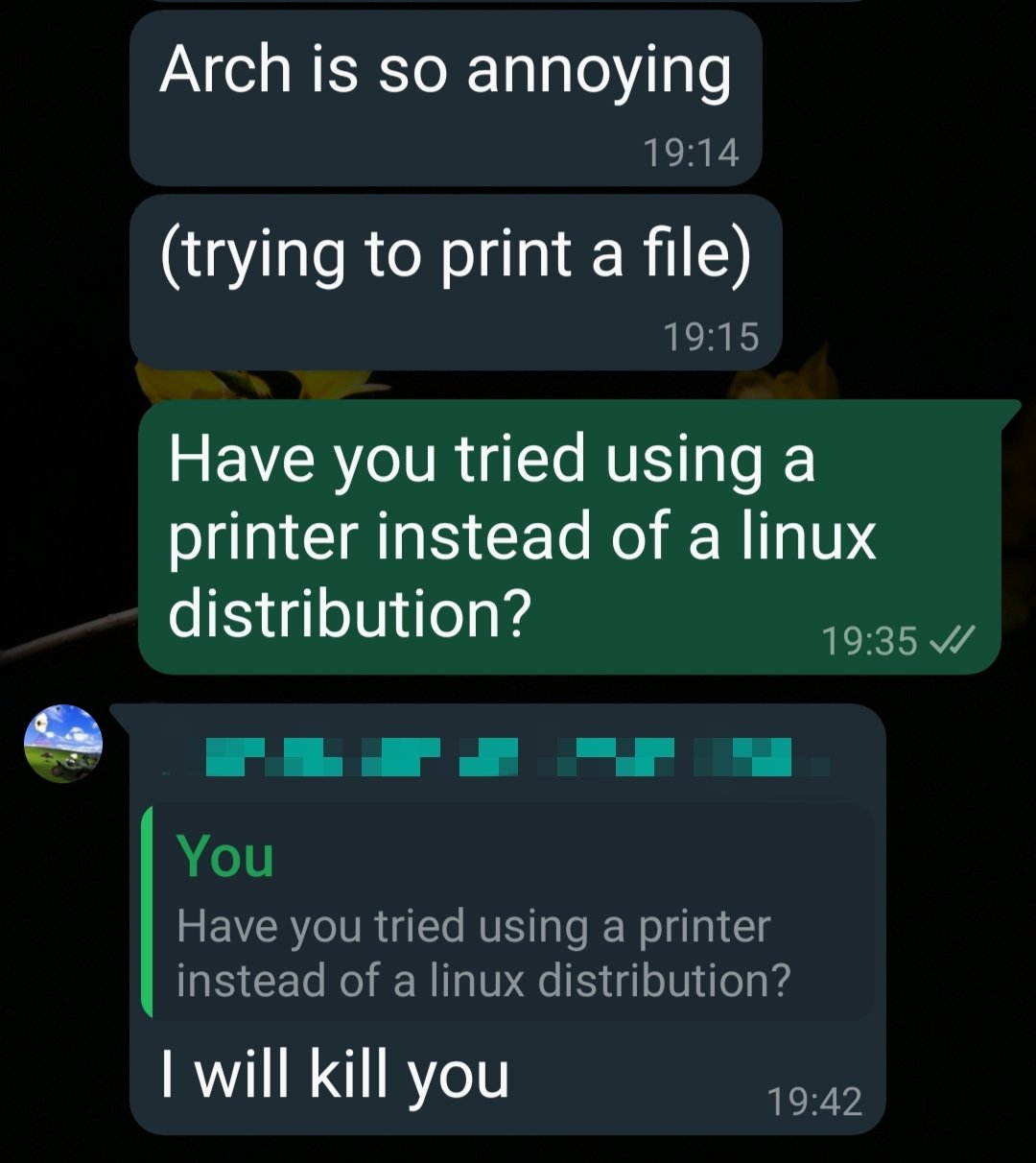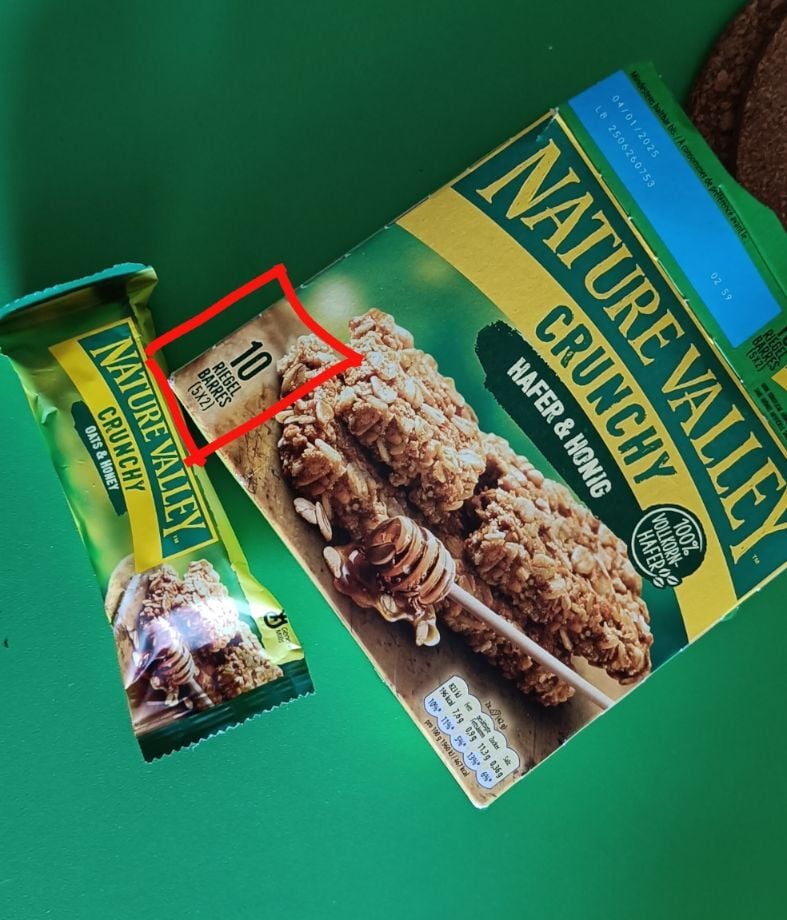Make sure to update your grub after you do. I've messed that one up before lol 😅
ABasilPlant
Do you not need the nvidia-drm.modeset=1 in GRUB_CMDLINE_LINUX?
https://www.if-not-true-then-false.com/2015/fedora-nvidia-guide/#262-edit-etcdefaultgrub
Could you show us the kernel command line parameters (in /etc/default/grub)? Is the modeset along with other params enabled? I'm not a fedora user, so I may not be of too much help.
https://www.linuxjournal.com/article/10754
MINIX originally was developed in 1987 by Andrew S. Tanenbaum as a teaching tool for his textbook Operating Systems Design and Implementation. Today, it is a text-oriented operating system with a kernel of less than 6,000 lines of code. MINIX's largest claim to fame is as an example of a microkernel, in which each device driver runs as an isolated user-mode process—a structure that not only increases security but also reliability, because it means a bug in a driver cannot bring down the entire system.
In its heyday during the early 1990s, MINIX was popular among hobbyists and developers because of its inexpensive proprietary license. However, by the time it was licensed under a BSD-style license in 2000, MINIX had been overshadowed by other free-licensed operating systems.
Today, MINIX is best known as a footnote in GNU/Linux history. It inspired Linus Torvalds to develop Linux, and some of his early work was written on MINIX. Probably too, Torvalds' early decision to support the MINIX filesystem is responsible for the Linux kernel's support of almost every filesystem imaginable.
Later, Torvalds and Tanenbaum had a frank e-mail debate about the relative merits of macrokernels (sic) and microkernels. This early history resurfaced in 2004 when Kenneth Brown of the Alexis de Tocqueville Institution prepared a book alleging that Torvalds borrowed code from MINIX—a charge that Tanenbaum, among others, so comprehensively debunked, and the book was never actually published (see Resources).
See also: https://en.wikipedia.org/wiki/Tanenbaum%E2%80%93Torvalds_debate
That's crazy helpful - thanks!
Perfect, thanks a million! I'll be getting on them soon!
Could you link the page which shows your exact config at that price? I can't find anything like that. KVM, AMD, Windows VPS - I looked at all three but none suggest the price you've written.
That price sounds like a steal, and I'd love to get it if possible. I currently pay $6/month per VPS with Digital Ocean
From: https://snee.la/stash/#misc (disclaimer: this is my website)
Relevant YouTube Search: Youtube search results become super irrelevant after 6-8 results. Substitute your search query in the %s part of the url (from: /u/FrezNelson on reddit) to remove them.
https://www.youtube.com/results?search_query=%25s&sp=CAASAhAB
I'm sending this to the guy in the photo :D
(I use Debian on all my machines BTW)
I do use Signal quite a bit. Some important contacts don't use it and hence, you see my using of WhatsApp.






Ah if you messed it up, you can press "e" on the grub entry and edit the command line parameters to remove the thing that messes it up. Good luck with your fresh install [and use Debian this time... jk :)]